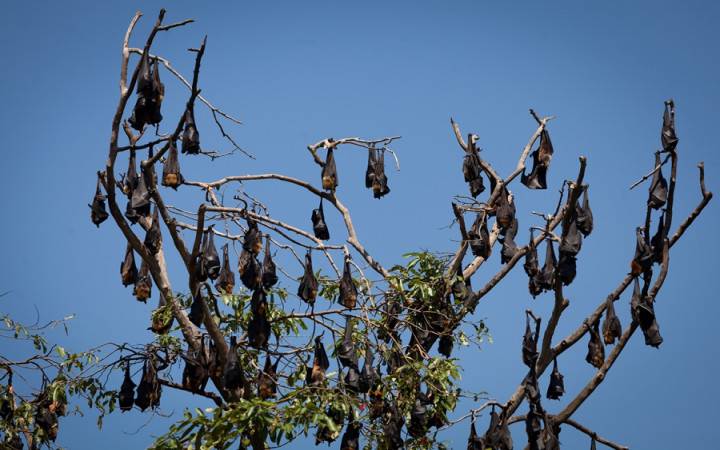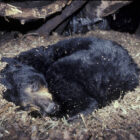Why do bats sleep upside down?

This seemingly gravity-defying act has sparked numerous questions: Why do bats sleep upside down? What purpose does it serve in their daily lives?
Anatomy and Adaptations
To understand why bats choose to sleep upside down, we must first examine their unique anatomy and adaptations. Unlike birds, bats cannot take off from the ground, and their hind limbs are not adapted for walking.
Instead, they have evolved to be expert fliers, equipped with elongated fingers and a thin membrane of skin, forming wings. Hanging upside down provides a convenient launch position for these flying mammals, allowing them to take flight more efficiently.
Energy Conservation
Sleeping upside down is not just a matter of convenience for bats; it’s also a strategic choice for energy conservation. Bats are primarily nocturnal animals, meaning they are most active during the night. By hanging upside down, they can quickly transition from sleep to flight without expending much energy. This adaptation is crucial for their survival, enabling them to conserve valuable resources for hunting and navigating the night skies.
Safety and Stealth
Bats face numerous predators in the wild, ranging from owls to larger birds and ground-dwelling mammals. Sleeping upside down serves as a natural defense mechanism, keeping bats out of reach of many potential threats.
Their roosting spots, often found in secluded and hard-to-reach places, provide an added layer of safety. Additionally, hanging upside down allows bats to blend seamlessly with their surroundings, enhancing their stealth and reducing the risk of detection by predators.
Social Dynamics
Beyond individual survival, the upside-down sleeping position has implications for the social dynamics of bat colonies. Bats are social creatures that often roost in large groups. Hanging upside down in close proximity to each other not only maximizes the use of available roosting space but also facilitates social interactions. This communal arrangement allows for efficient communication and bonding among colony members, contributing to the overall well-being and success of the group.
Thermoregulation
Maintaining an optimal body temperature is crucial for the well-being of all animals, and bats are no exception. Sleeping upside down aids in thermoregulation by minimizing the surface area exposed to the environment. This position reduces heat loss, especially during cool nights, helping bats conserve energy that would otherwise be expended in maintaining a stable body temperature.










